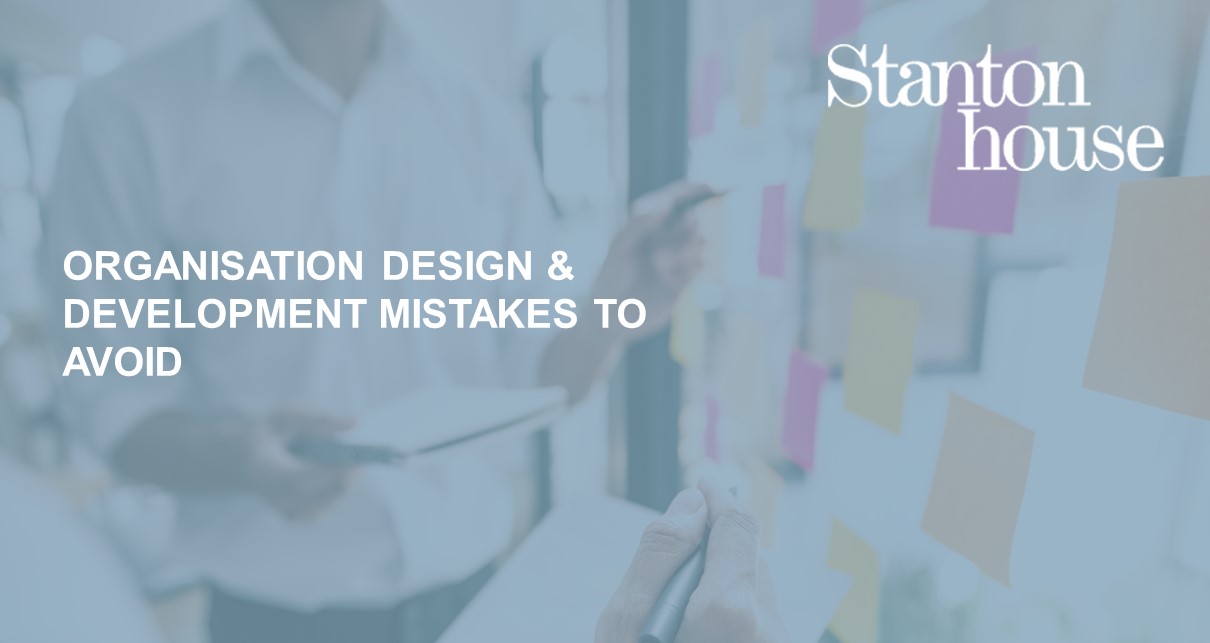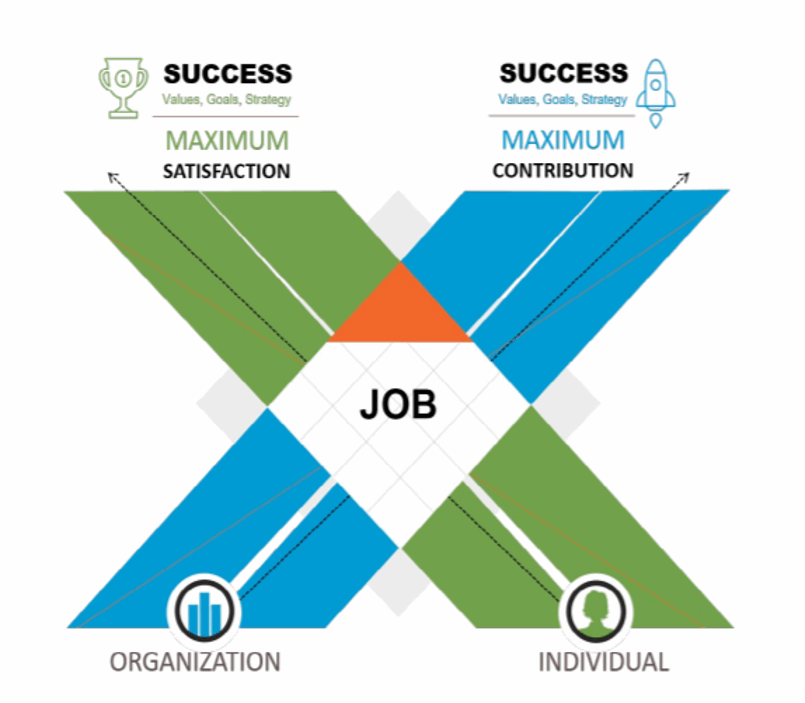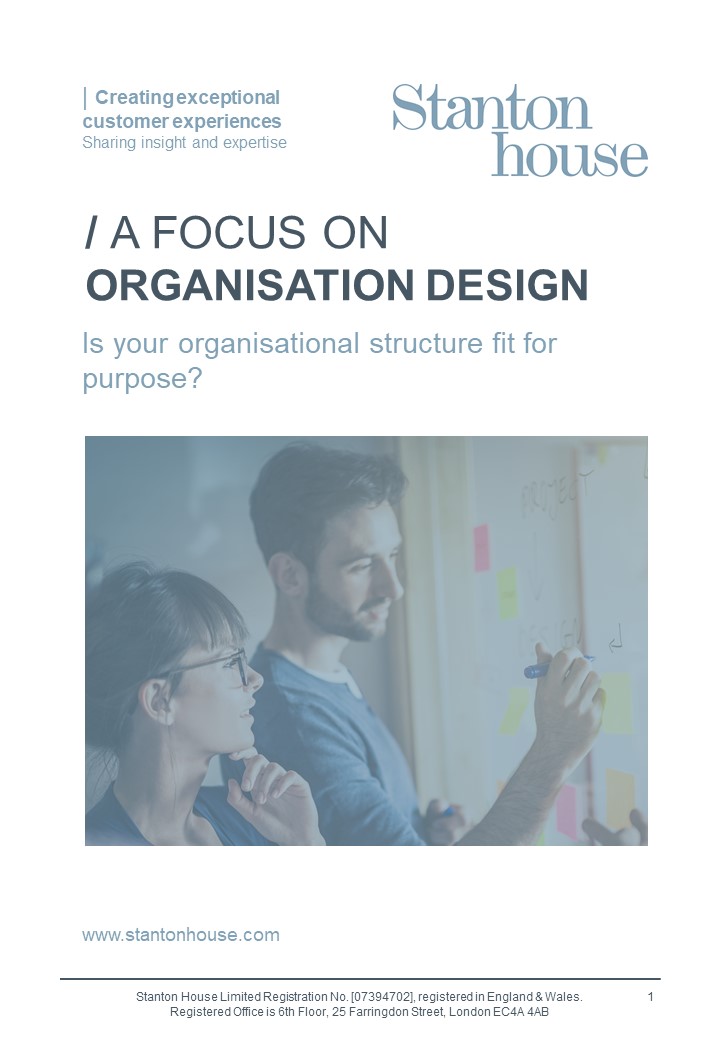

In my last blog I shared how the HR function is continually being challenged to design and deliver new organisational structures to ensure operational efficiency and effectiveness in the ‘new norm’. If you want your business to thrive in this new era - you’ll need to change your organisational design and evolve your talent development strategy. But what are the mistakes to avoid? Here are some ‘process’ and ‘people’ mistakes to watch out for…
Design/process mistakes
Development/people mistakes

3. Complacency about the workforce / team - Assuming people are the constant due to market/economic/pandemic volatility is a huge mistake - ambitious people will move if they don’t feel valued. Great people are always great people and great businesses will create opportunities for them. As such, your retention strategy should remain a high priority.
If your organisation is making any of these blunders it is a sure sign that your ‘new’ structure will only have a negative impact on performance.
Contact us
We would love to hear from leaders on how you are redesigning your organisation to operate effectively in this new era of work. If you need help finding exceptional HR professionals with experience of delivering OD&D transformation, please get in touch.
Equally, if you are a permanent or interim OD&D professional, we are here to support your job search. To speak with an HR recruiting expert and to discuss our latest opportunities please contact me.
Download our Organisation Design & Development Insight Paper
Download our full insight paper to learn:
- How HR's priorities have shifted and been impacted by the Pandemic
- How businesses have been forced to rethink their strategy and operating model
- How OD&D expertise has been propelled to the fore
- What OD&D specialists can help with What the signs are that your organisational structure may not be fit for purpose
- The People and Process mistakes to avoid when it comes to restructure
Similar blogs

.jpg)



